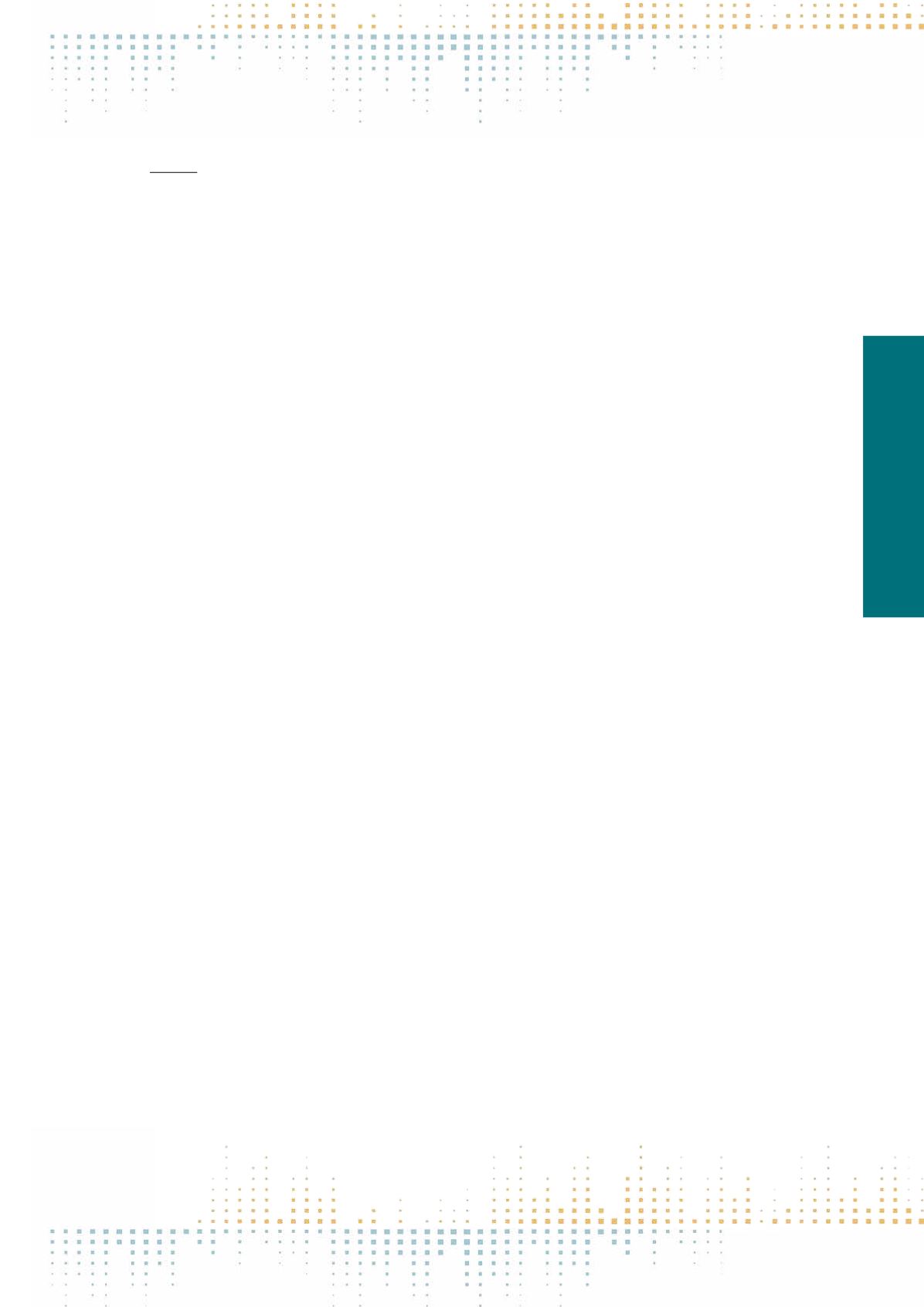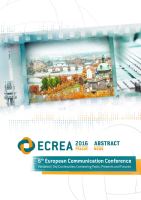

523
Thursday, November 10
1 6 : 3 0 – 1 8 : 0 0
PP 205
From One-Size-Fits-All to Tailor-Made Distribution Channels: New Divides
J.E. Möller
1
, D. Trilling
1
, N. Helberger
2
, C. De Vreese
1
1
University of Amsterdam, Department of Communication Science, Amsterdam, Netherlands
2
University of Amsterdam, Institute for Information Law IVIR, Amsterdam, Netherlands
Back in the old days, newspapers distributed their contents via a one-channel strategy: a printed newspaper, identical for everyone. Two decades ago,
a second channel emerged: the newspaper's website. Today, there are many more distribution channels for even one and the same news item. Apps, but
also third-party intermediriaries beyond the control of publishers like news aggregators and social media, play an increasingly influential role in news ex‑
posure and news selection. Given the central role of news exposure to the study of political communication (Chaffee & Metzger, 2001) and the importance
of a shared public sphere for current events for a functioning democratic society (Curran, 1991), we investigate in how far new divides emerge between
groups that use different channels. Because the channels differ highly in terms of completeness and personalization through algorithms, the choice for one
of these channels affects which news a recipient is exposed to.Yet, while there is a surge in academic attention towards the effects of the selectivity of these
channels, we know relatively little about the determinants of channel choice. Combining insights from research on digital divides, selective exposure, and
trust in media, we therefore investigate in how far channel choice is explained by (a) sociodemographics, (b) political interest, (c) (extremism of) political
attitudes, and (d) satisfaction with and trust in media. In a survey representative for the Dutch population (N = 1,556), we asked online news users how
many out of 10 online news articles they access via (1) directly surfing to the news website, (2) an app, (3) a news aggregator, (4) a link on Facebook or (5)
Twitter or (6) elsewhere on internet, or (7) in another, unspecified way. Out of 10 articles, 4.2 are read by visiting the web site, 2.4 via an app, 0.4 via a news
aggregator, 1.9 via a link on Facebook, 0.3 via a link on Twitter, and 1.1 via a link somewhere else on internet. We estimated regression models to predict
usage of each channel. Accessing the website directly is mainly popular among older males who are highly interested in politics and tend to be slightly
right-wing. Apps are mainly used by the highly educated who are rather satisfied with the performance of Dutch media. News aggregators are the channel
of choice for the politically disengaged and the slightly left-wing. Facebook as distribution channel for news articles is popular among lower educated
young females and those who have a more extreme political opinion, while Twitter use does not differ much between groups. Links from other sites are
mainly used by lower educated, left-wing males. Interestingly, trust in media did not have any effects. Our results demonstrate that the use of different
channels is not equally distributed among groups. One might speculate that the filtering based on a person's interests on Facebook caters to the needs
of those with more extreme opinions, which is in line with selective-exposure theory. Aggregators and apps might be a valuable way to engage those who
are less interested in politics.



















